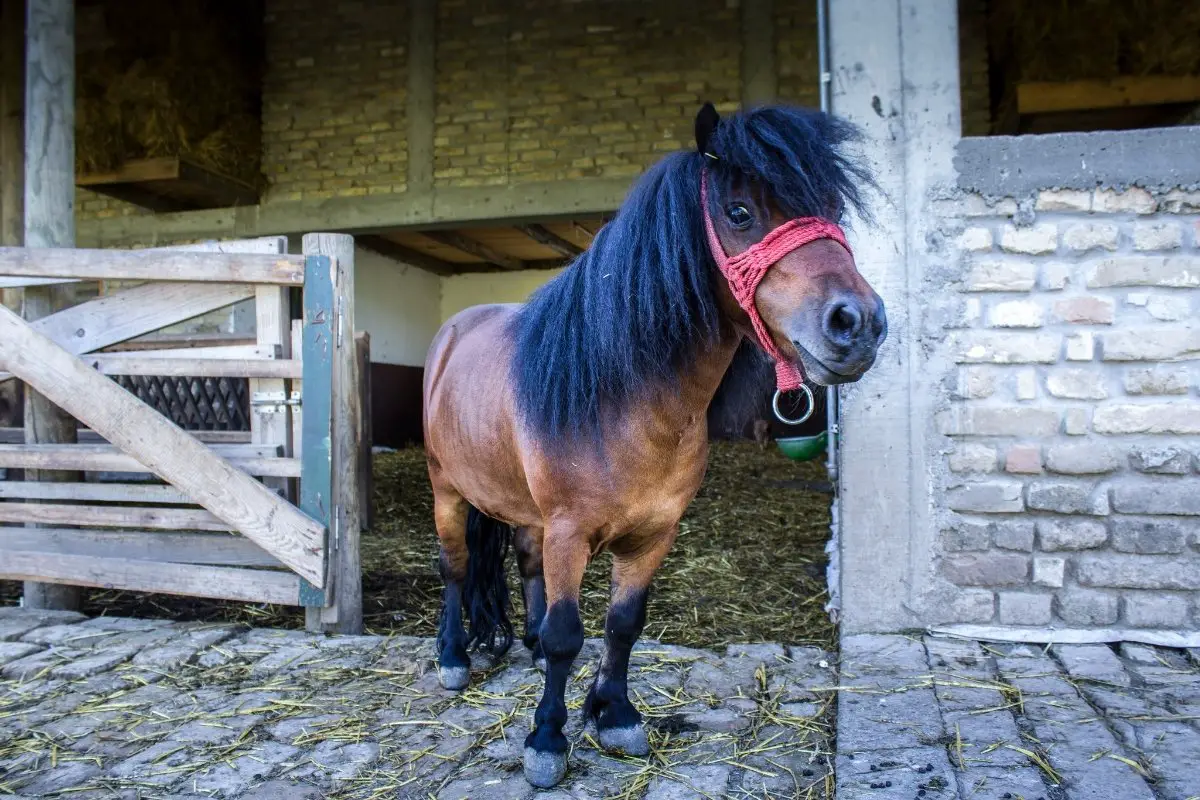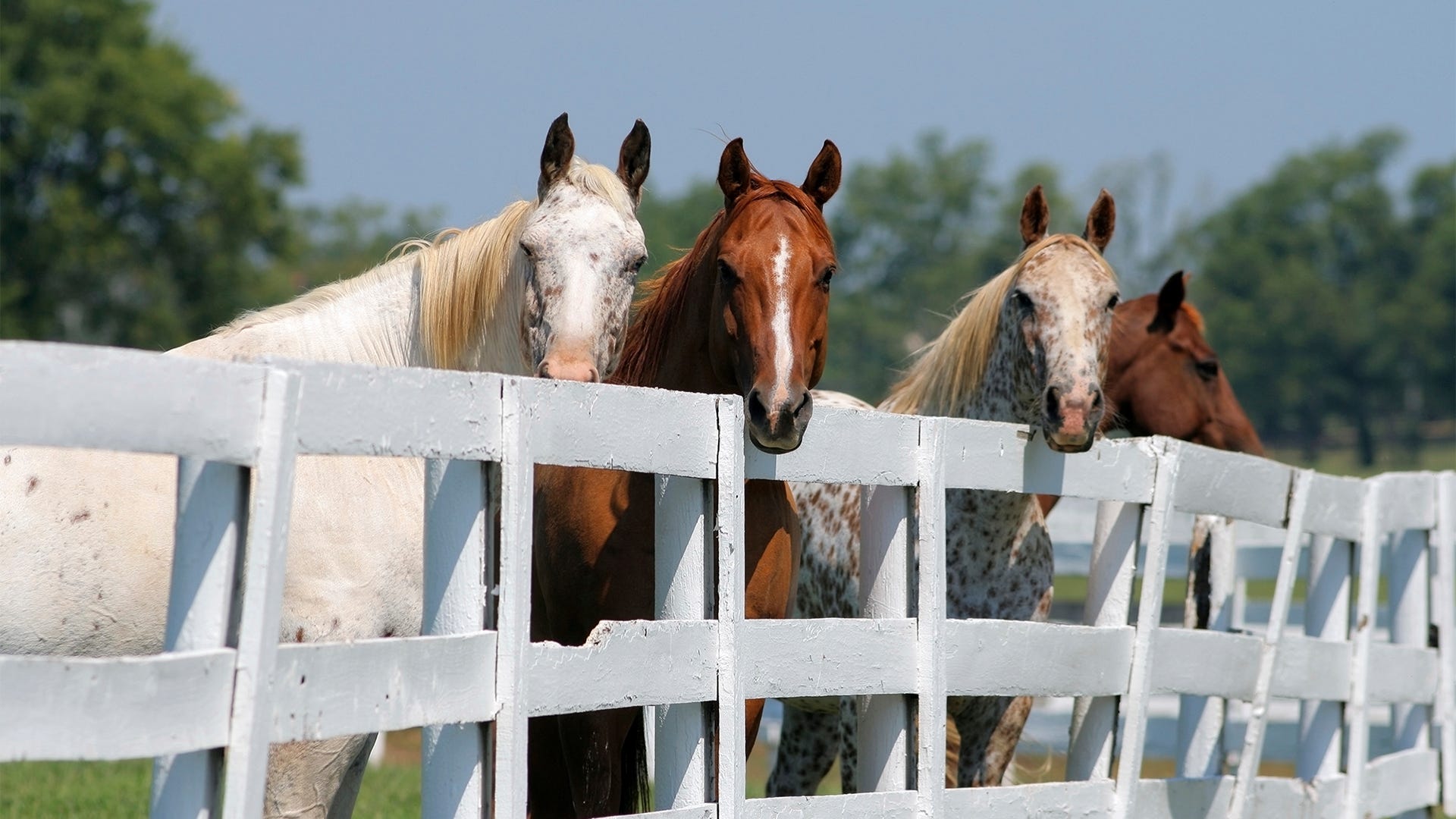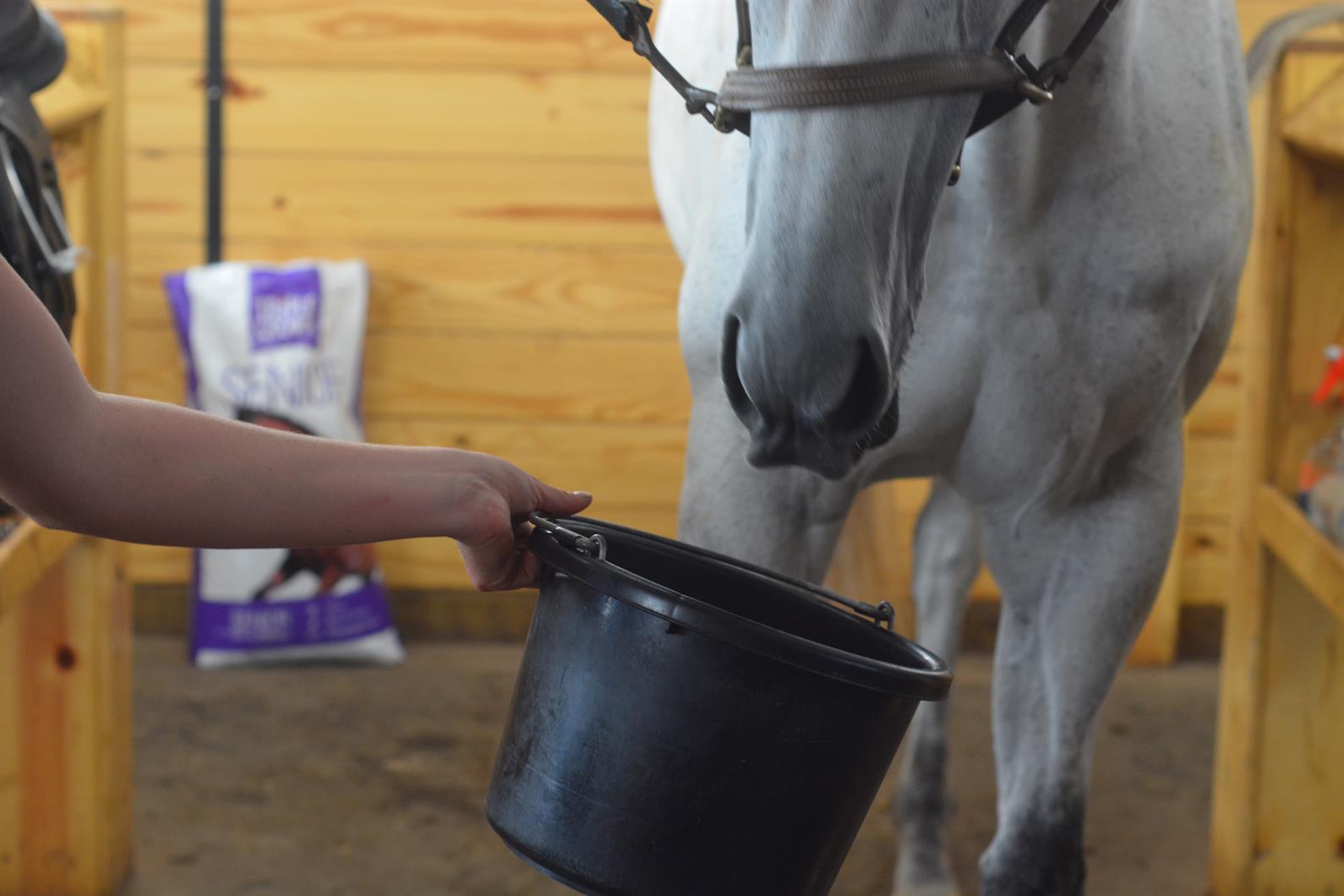When it comes to equine companions, the miniature horse stands out for its petite size and amiable nature. However, their smaller stature doesn’t mean they require less attention or space. In fact, miniature horse space requirements must be carefully considered to ensure these equines lead healthy, happy lives. Understanding the spatial needs of a miniature horse is crucial for providing an adequate living environment.
Miniature Horse Living Area Essentials
A miniature horse’s living area should offer enough room to move, rest, and engage in natural behaviors. Essential elements include a dry, clean area for sleeping, access to fresh water, and room for feeding. Space for exercise is equally important to prevent obesity and maintain muscular health. The living area should be free of hazards and have proper fencing to keep the mini horse safe.
Optimal Space for Miniature Horses
The optimal space for miniature horses can vary depending on individual needs, but a general rule is to provide at least a quarter of an acre per horse. This space allows for adequate movement and grazing. If keeping multiple miniature horses together, ensure there’s enough room for them to have personal space to avoid stress and potential conflicts.
Designing a Mini Horse Paddock

A well-designed paddock is essential for the wellbeing of miniature horses. It serves as their primary outdoor environment, where they spend a significant portion of their time. When designing this space, several factors must be considered to create a safe and enjoyable area for your mini equine friend.
Mini Horse Paddock Size Considerations
Regarding mini horse paddock size, a space measuring at least half an acre ensures enough room for exercise and enrichment. However, if space is limited, a smaller paddock can be acceptable, provided that additional exercise opportunities are available. The paddock should also accommodate features like rolling areas, shade, and shelters.
Mini Horse Pasture Management
- Rotational Grazing: Dividing the pasture into smaller sections and rotating the grazing areas can help maintain grass quality and prevent overgrazing.
- Weed Control: Regularly inspect and remove any toxic plants or weeds that could harm your miniature horse.
- Manure Management: Consistent removal of manure minimizes parasites and keeps the pasture clean.
Paddock Safety and Security
Safety is paramount in a paddock design. Fencing should be secure and free of sharp edges or gaps that could cause injury. A shelter within the paddock provides a refuge from harsh weather. Regular maintenance checks can prevent accidents and ensure a secure environment for your miniature horse.
Creating a Comfortable Miniature Horse Shelter

Even the hardiest miniature horse requires a shelter to escape the elements. A suitable shelter is an integral part of the miniature horse living area and contributes significantly to the animal’s overall health and wellbeing.
Miniature Horse Shelter Dimensions
Miniature horse shelter dimensions should allow the horse to comfortably stand, turn around, and lie down without restriction. A typical shelter for a mini horse might measure 8’x10′ or 8’x12′, ensuring ample space for the individual horse or a pair to share.
Climate Considerations for Shelter
The shelter must be constructed with the local climate in mind. In colder regions, insulation and windbreaks can provide warmth, while in warmer climates, ventilation and shade are necessary to keep the miniature horse cool. The shelter should also be positioned to avoid prevailing winds and flooding.
Space Needed for a Mini Horse: Beyond the Paddock

While the paddock is a mini horse’s mainstay, additional areas can play an essential role in their quality of life. These areas provide opportunities for various activities that fulfill the horse’s physical and psychological needs.
Exercise Areas and Workspaces
Designated exercise areas and workspaces are vital for maintaining the health and fitness of miniature horses. An exercise area can be a simple round pen or a more elaborate arena, depending on the available space and the horse’s requirements.
Additional Mini Horse Housing Needs
Mini horse housing needs might include storage for feed and tack, a wash area, and a dedicated space for veterinary care. These additional spaces contribute to the overall care and management of the horse, ensuring that everything needed for their upkeep is within easy reach.
Miniature Horse Care within Their Living Space

The living space of a mini horse must accommodate their daily care routines. From feeding to health maintenance, the environment should be structured to support all aspects of miniature horse care.
Nutritional Needs and Feeding Stations
A proper feeding station allows for the safe and hygienic consumption of food. It should be designed to prevent wastage and ensure the horse can comfortably access its feed without competition from pasture mates.
Health Care: Vaccinations, Deworming, and Hoof Care
Routine health care practices such as vaccinations, deworming, and hoof care should be easily performed within the mini horse’s living space. A secure area for handling the horse during these procedures can make the experience less stressful for both the horse and the caretaker.
Miniature Equine Space Needs for Special Activities

Certain activities require specialized spaces to accommodate the unique needs of miniature equines. Whether it’s for breeding or training, these activities should be supported by the appropriate environmental provisions.
Space for Breeding and Foaling
Breeding and foaling activities demand extra space and privacy. A separate, quiet area with comfortable bedding and easy access for monitoring is necessary for a mare approaching her delivery date. Post-foaling, adequate space is essential for the mare and foal to bond and move freely.
Training and Recreation Areas
Training miniature horses, whether for show or therapy work, requires a dedicated area where they can learn and practice skills. Similarly, recreational spaces where mini horses can play and interact with enrichment toys contribute to their mental stimulation.
Practical Tips for Miniature Horse Owners

Owning a miniature horse comes with a set of responsibilities, including the effective management of their living spaces. Here are some practical tips to help owners maintain a healthy environment for their mini horses.
Seasonal Management of Mini Horse Spaces
Seasonal changes can impact the living conditions of miniature horses. Owners should adapt the space needed for a mini horse by providing extra bedding in the winter or ensuring adequate water sources during hot months. Regularly adjusting the paddock and shelter to suit the season will keep mini horses comfortable year-round.
When planning accommodations for your miniature horse, it’s essential to factor in not just space but also transportation and the animal’s carrying capacity. If you’re curious about the logistics involved in moving your horse, you might find our article on how much a horse trailer weighs very informative. Additionally, understanding the limitations of how much weight a horse can bear is crucial for their health and well-being. We have resources on how much weight a horse can carry, as well as specific information on the capabilities of different breeds, such as our deep dive into how much weight an Arabian horse can carry. These insights will help ensure you provide a comfortable and safe environment for your miniature horse.
Cost-Effective Solutions for Paddock and Shelter
Budget-conscious owners can explore cost-effective solutions for creating a paddock and shelter without compromising quality. Using locally sourced materials, repurposing existing structures, and performing DIY projects are ways to manage costs while still providing a suitable environment for miniature horses.
In conclusion, while the space requirements for mini horses might be less than those of their larger counterparts, they still need a well-planned, safe, and comfortable environment. By understanding and implementing the proper miniature equine space needs, owners can ensure their miniature horses lead fulfilling and content lives.



